Review: Blu Life One X3
Jan 30, 2018, 7:00 AM by Eric M. Zeman
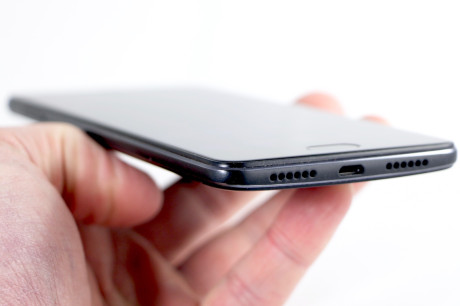
Blu's latest unlocked smartphone for the U.S. market is the Life One X3. It boasts a large screen, humongous battery, and stock Android. Here is Phone Scoop's full review.
Is It Your Type?
The Blu Life One X3 is an affordable, unlocked Android handset with one of the biggest batteries in the market. If battery life is your top priority, the Life One X3 and its incredible power supply may fit your needs.
Body
The X3 is a large black slab. It's formed by a mix of plastic, metal, and glass. The front features curved-edge glass that's fitted into a polycarbonate frame. The frame has beveled edges that are painted with a faux dark chrome finish to give it the look of polished metal. A large metal plate covers most of the phone's rear surface. The phone doesn't do much to stand out and yet there's nothing objectionable about its looks.
It's a big'un. The X3 stands more than 6 inches tall and sits about 3 inches wide. You have to like big phones in order to like the X3. People with small hands may find it too large. The curved shape of the rear panel and rounded side edges do help a bit when it comes to in-hand comfort. The phone is weighty; you'll know it's in your pocket as you move around. I didn't run into trouble stuffing it into pockets.
Materials and manufacture are decent. I didn't see any gaps or unevenness in the seams. The metal rear gives the phone a much-needed boost in the perceived quality department. Of note, the X3 is not waterproof, nor is it designed to be particularly rugged.
With little unique about the design, the X3's face could easily get lost in a crowd. The forehead and chin are somewhat thick, as the phone makes use of the 16:9 aspect ratio for the screen. A capacitive home button is tucked into the chin. It's indented a bit, which makes it easy to find and use. Capacitive buttons flank the home button. With no backlight and no physical shape, these keys are a pain to locate consistently. (No backlight, Blu, seriously?) Small dots painted on the glass signify their location, but even these are difficult to spot. Blu doesn't even clue you in onto which button manages which function.
Fingerprint Reader
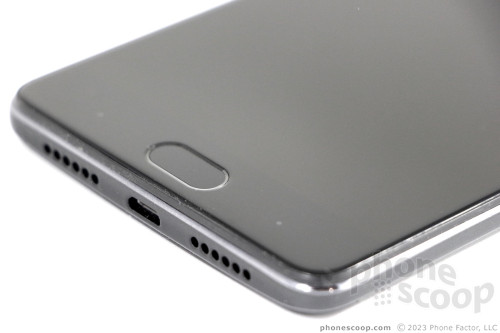
The tray for memory and SIM cards pops out easily with a tool or paperclip. The tray accommodates a microSD storage card and up to two SIM cards at the same time. (Often, phones that support two SIM cards require you to give up use of the memory card spot; the One X3 doesn't.) That makes it more flexible than many dual-SIM phones.
Like many phones, the X3's screen lock button and volume toggle are placed on the right edge. The lock button has a great profile and excellent travel and feedback. Finding and using it is a breeze. I appreciate the large profile of the volume toggle, too, though travel and feedback aren't quite as satisfying.
Blu stuck a 3.5mm headphone jack on the top edge of the phone. The company opted for a microUSB port (rather than USB-C) and positioned it on the bottom edge.
The black paint that covers the rear panel has a matte finish that shows just a touch of grain. The metal panel skins about 85% of the rear surface. Horizontal lines run from side-to-side near the top and bottom edges that separate the metal panel from the plastic ends where the antennas lie. This is a common design for Blu. The camera module protrudes from the surface just a wee bit.
Camera Module
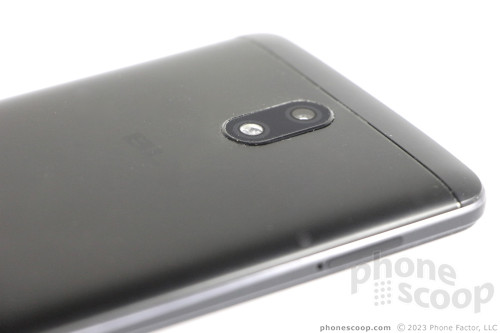
The Blu Life One X3 doesn't trailblaze any new paths in terms of design or features, but it is a functional piece of hardware that works well enough.
Profile
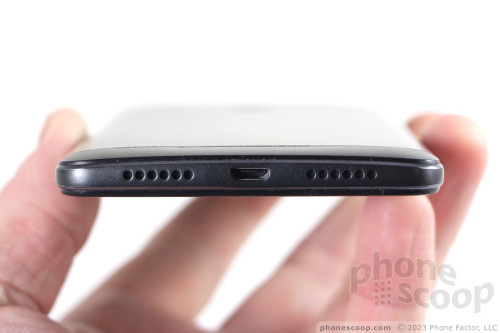
Screen
The One X3 has a 5.5-inch full HD display, a fairly typical size/resolution for flagship phones as recently as two years ago. It relies on the older 16:9 aspect ratio and is anything but bezelless. An LCD panel provides the light. The pixel density is tight enough that you won't spot individual pixels; everything on the screen looks sharp and clean. Brightness is adequate most of the time. The screen is hard to see outside, due to a mixture of glare, fingerprint grime (no oleophobic coating!) and brightness. You need to crank it up to use the X3 outside. Viewing angles are not good. There's no blue shift, but the loss of light is severe. Given the price point of the phone, it's a decent screen.
Blu tossed in its MiraVision feature for good measure. This tool lets you tweak the color profile. There are two presets — standard and vivid — or you can opt to manage all the settings manually. The vivid option, which boosts colors just a little, looked best to my eyes.
Signal
Blu ensured the One X3 is compatible with the core LTE frequencies used by AT&T and T-Mobile. You'll find support for Bands 1, 2, 3, 4, 7, 12, 17, and 28 on board. Bands 2, 4, and 12 are what's needed for the device to connect to AT&T and T-Mobile with basic service. (Both carriers operate additional bands, and phones that support them enjoy faster data and less network congestion.) As tested on both networks, the One X3 did just okay.
The phone managed to patch calls through on the first or second try. It dropped one call on each network when tested at highway speeds. Poor network conditions challenged the One X3 a bit more than they would carrier-branded phones, but it managed to do about as well as other unlocked phones in this price category.
Data speeds were nothing to write home about. Maximum data rates were in the low teens, which is about one-third, to one-fourth as quick as today's top handsets. The X3 can handle basic browsing and social networking, but streaming media over cellular often gave it a case of the stutters. Support for more LTE would likely have helped here.
Sound
I've heard much better voice phones in my day. Phone calls taken through the earpiece are acceptable at best. The earpiece doesn't produce quite enough volume even when set all the way up. If you do crank it, it distorts to the point of making phone calls painful.
The speakerphone is worse. It's a scratchy disaster. Voices come through as garbled junk. You may be able to take a regular call in a quiet space, but the speakerphone is close to useless pretty much anywhere there's background noise.
Ringers and alerts did their job and caught my ear most of the time. The vibrate alert is decent.
Battery
At 5,000mAh, the One X3's battery is larger than nearly all others in the market. It's a wonder, then, that it doesn't quite live up to expectations. I went into testing the X3 fully believing the phone would be capable of pushing through two full days of use. Instead, the phone gave up the ghost at about the 24-hour mark.
After charging overnight, I unplugged the phone at breakfast and then tested it for a full day with all the radios on and the screen set to 50% brightness. At bedtime, the phone had about 40% battery life. Left unplugged, the battery dropped 25% overnight despite the fact that the phone wasn't used at all during that period. I woke up to see the battery at 15%, which lasted a couple of hours before dying completely.
Stunningly, you will probably need to charge this phone each night. I don't think most people are in danger of running out of power before the end of a single day, but don't expect much more than that.
The phone includes the base system-level battery management tool. You may need it. Worse, the phone doesn't support rapid charging and takes forever (we're talking hours) to fully recharge the battery.
Bluetooth, GPS, NFC, WiFi
The phone's Bluetooth radio handled connections well. The phone paired easily with headphones and speakers and PCs. Calls completed via Bluetooth headsets were pretty bad, though music routed to Bluetooth speakers was acceptable.
As a navigation tool, the One X3 performed on par with other unlocked handsets. The GPS radio pinpointed me in several seconds to within about 25 feet most of the time. It coordinated with Google Maps and worked fine when put to use for point-to-point directions. Maps was sometimes a little slow during navigation.
The X3's WiFi radio did well.
This phone does not have NFC.
Comments
No messages


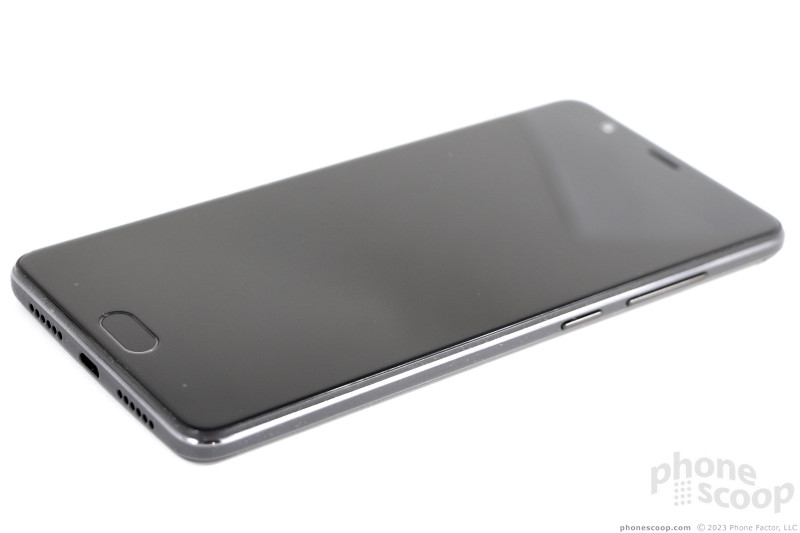


















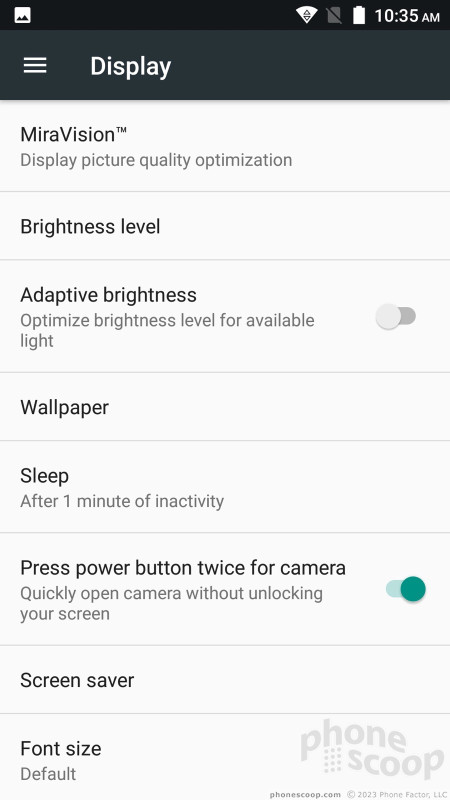





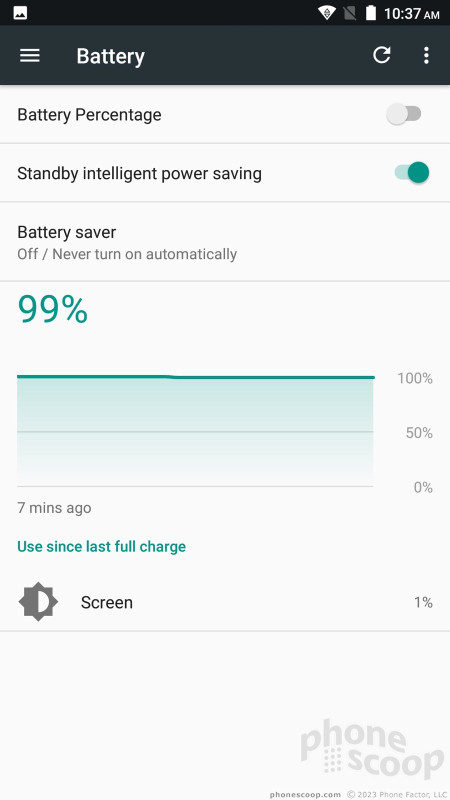



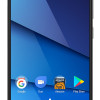 Blu Life One X3 Adopts Metal-and-Glass Design and Packs 5,000mAh Battery
Blu Life One X3 Adopts Metal-and-Glass Design and Packs 5,000mAh Battery
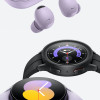 Samsung Upgrades its Wearables
Samsung Upgrades its Wearables
 iPhone 14 Plus Offers a Big Screen For Less
iPhone 14 Plus Offers a Big Screen For Less
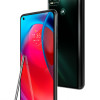 Motorola Adds 5G to the Moto G Stylus
Motorola Adds 5G to the Moto G Stylus
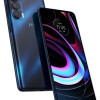 Motorola's new Edge has a 108 Megapixel Camera
Motorola's new Edge has a 108 Megapixel Camera
 BLU Life One X3
BLU Life One X3



